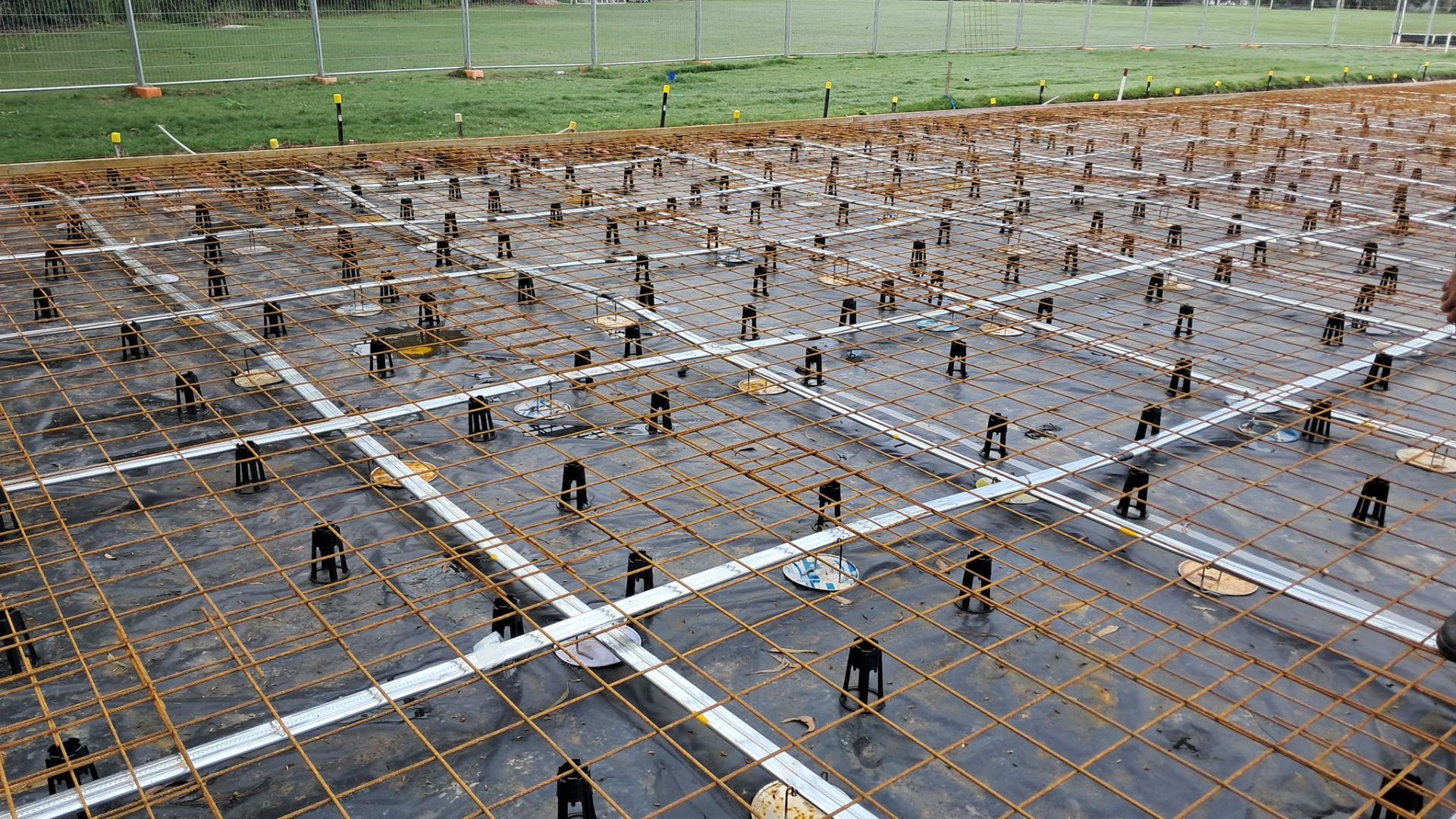Concrete Engineering Solutions

Have you recently poured concrete for a driveway, slab, or backyard project? Concerned it may crack over time? You’re not alone – concrete cracking is one of the most common challenges faced by homeowners, builders, and strata managers.
Concrete cracking typically occurs due to inadequate preparation, improper curing, excess water in the mix, or differential movement in the subgrade. The good news is that with proper engineering practices and planning, many of these issues are preventable.
Why Does Concrete Crack?
Understanding the causes of cracking is the first step toward preventing them.
- Plastic Shrinkage: Rapid moisture loss during curing can cause shrinkage cracks.
- Thermal Movement: Expansion and contraction from temperature fluctuations induce stress.
- High Water–Cement Ratio: Excess water weakens concrete strength, increasing crack risk.
- Inadequate Subgrade Preparation: Unstable or poorly compacted bases contribute to settlement cracks.
- Lack of Control Joints: Properly spaced joints are essential to relieve tensile stresses and prevent random cracking.
How to Prevent Concrete Cracking
Prevention starts before the concrete is poured:
- Specify a properly designed mix with correct water–cement ratio and admixtures where required.
- Thoroughly compact and stabilise the subgrade and provide adequate drainage.
- Install control joints at recommended spacings and depths to control shrinkage stresses.
- Apply proper curing methods (e.g., water curing, curing compounds, or coverings) for at least 7 days to minimise rapid moisture loss.
Even with the best preparation, minor cracks can occur. The key is knowing which ones matter.
Types of Cracks You Should Know
- Hairline Cracks (<2 mm): Typically surface-level and aesthetic, with minimal structural impact.
- Structural Cracks (>5 mm): Wider cracks may indicate subgrade movement, excessive loading, or reinforcement issues.
- Edge or Corner Cracks: Often caused by differential settlement or inadequate reinforcement at re-entrant corners.
- Moisture-Ingress Cracks: Cracks with water penetration or differential movement may signal durability or structural concerns.
Can You Fix Cracks Yourself?
Yes to an extent, minor non-structural cracks can often be addressed with basic repairs:
- Clean and prepare the crack by removing debris and laitance.
- Apply an epoxy injection, polyurethane filler, or cementitious patch material depending on the crack type.
- Finish with a protective sealant to reduce future moisture ingress.
However, an expert opinion is always recommended.
For larger, deeper, or recurring cracks, engage a qualified structural or remedial engineer. The underlying issue may involve soil movement, reinforcement corrosion, or structural distress, which require professional diagnosis and remediation.
Conclusion: Be Proactive
Concrete cracking is common but can often be minimised with proper engineering practices—sound base preparation, the right mix design, adequate curing, and timely maintenance. Being proactive helps safeguard the durability and performance of your concrete structures.
Need expert help?
Need expert advice? Contact Concrete Engineering Solutions, Sydney’s trusted specialists in concrete inspection and remedial repair. Whether addressing minor surface cracking or diagnosing complex structural issues, our engineers provide reliable, long-term solutions.
